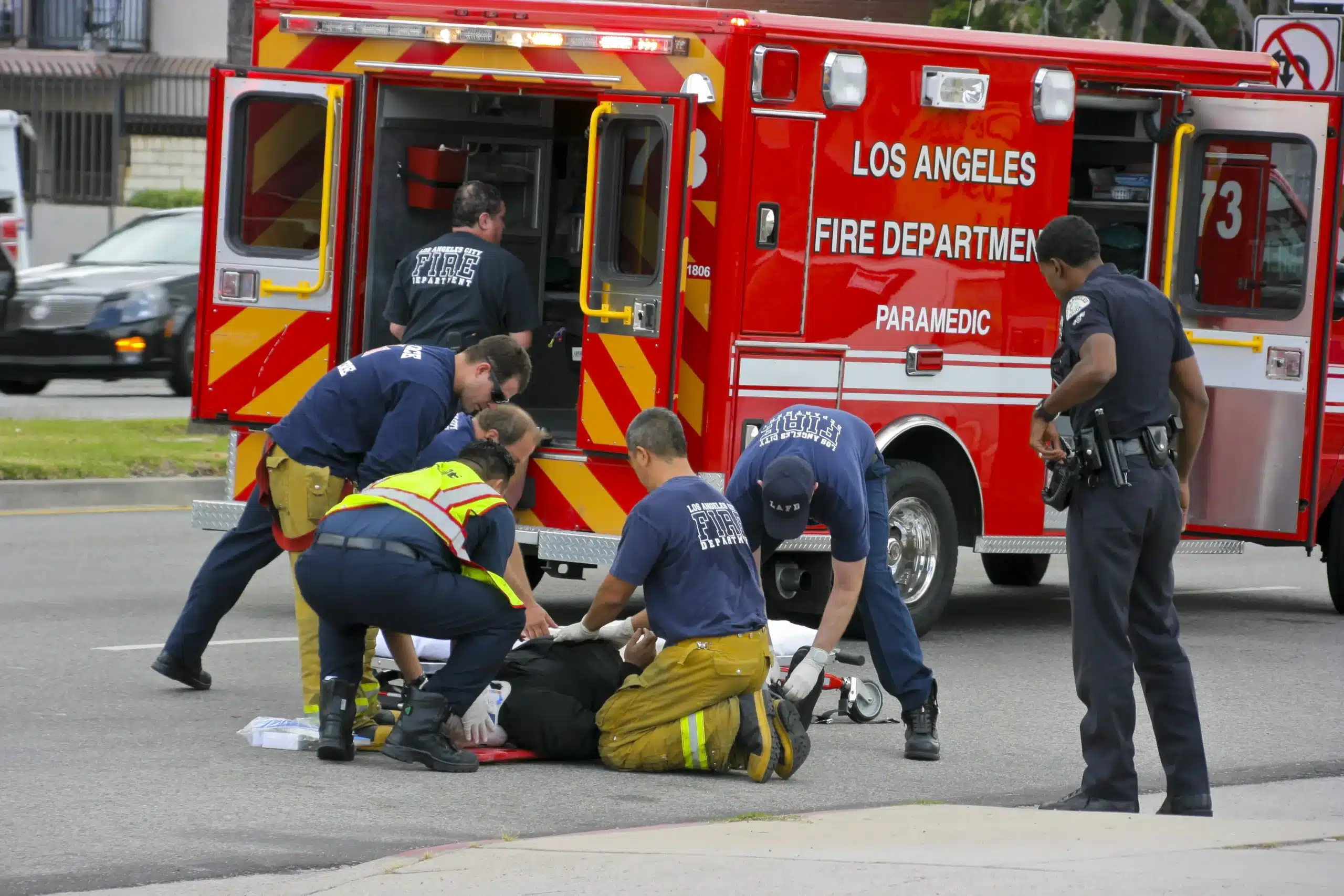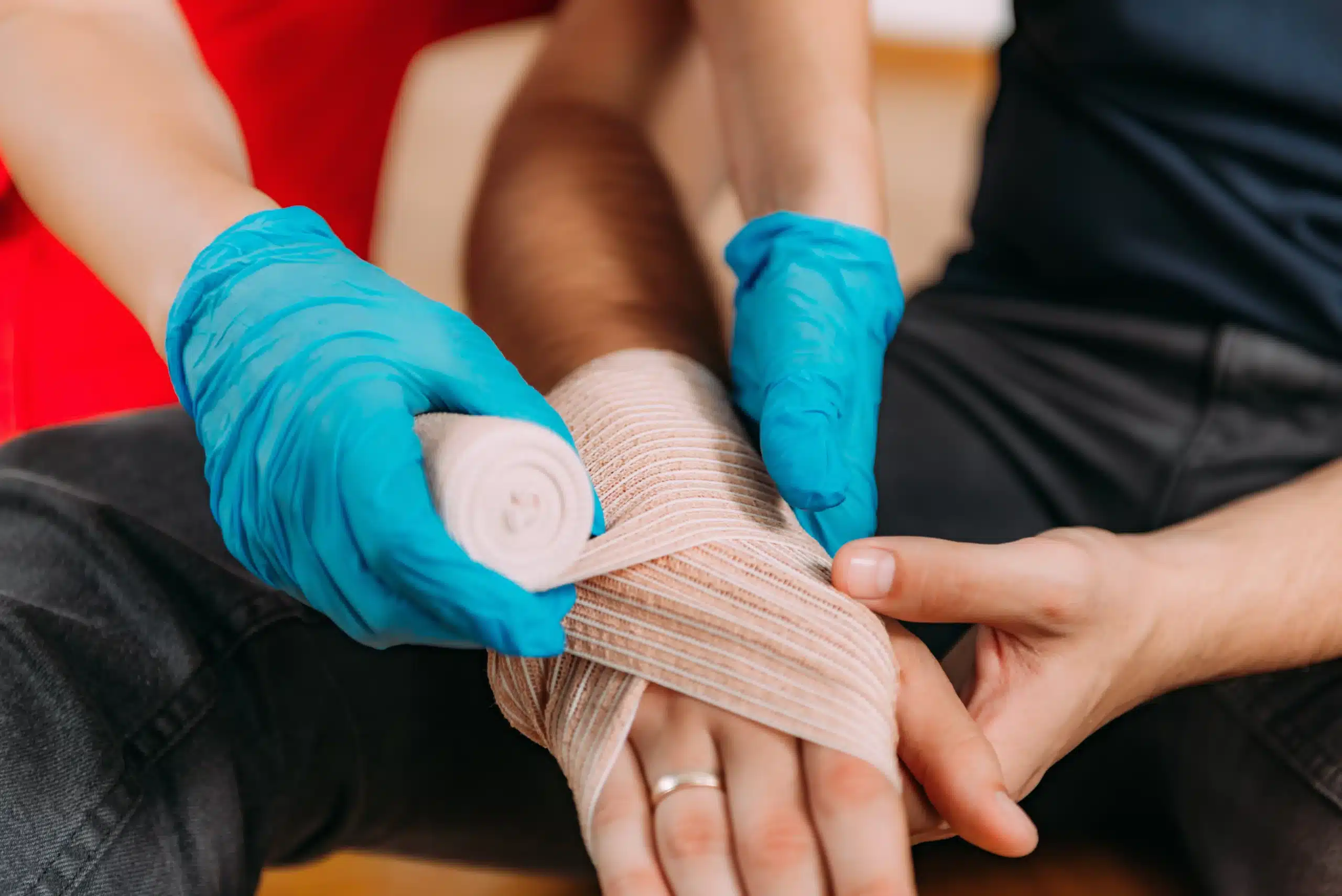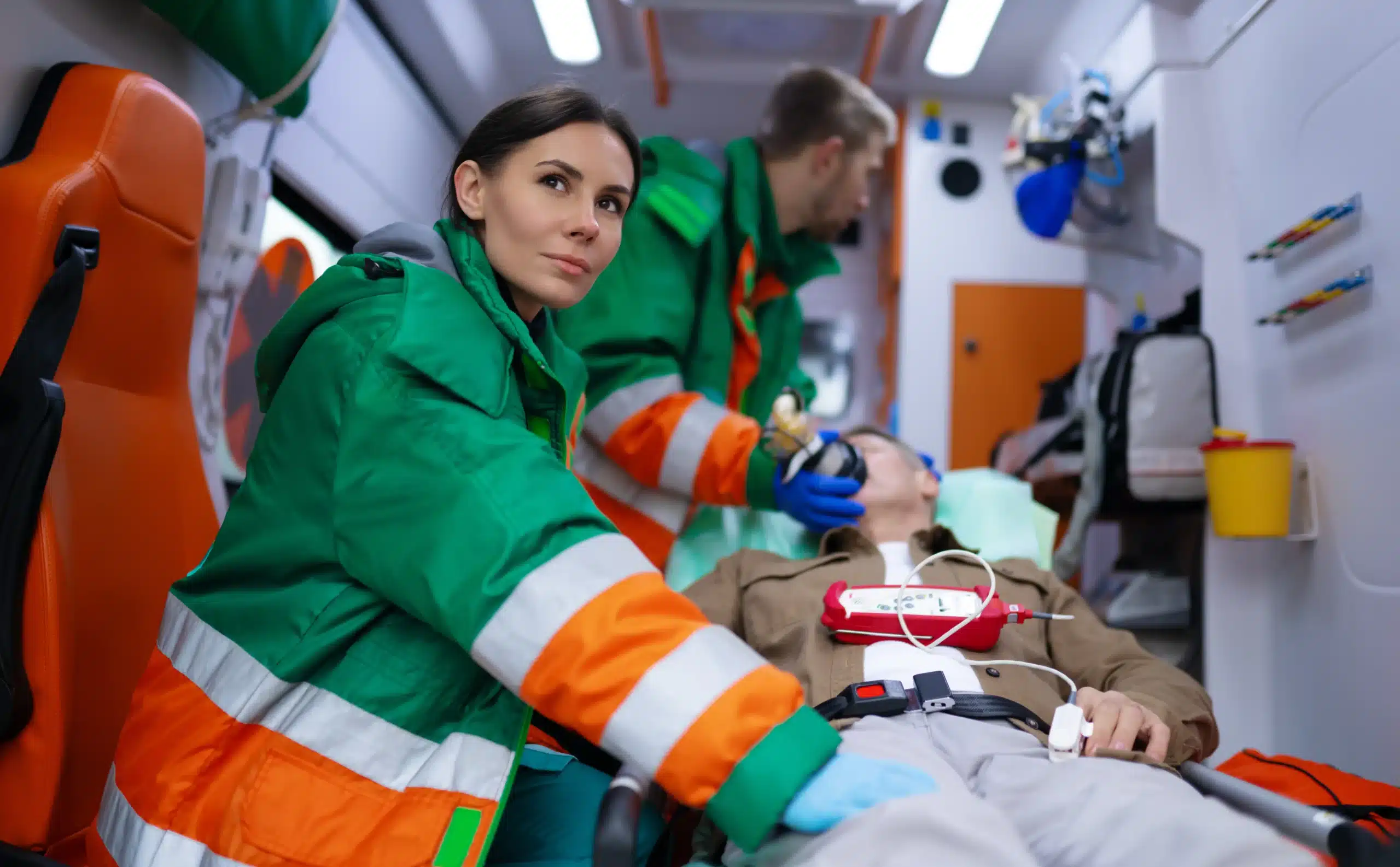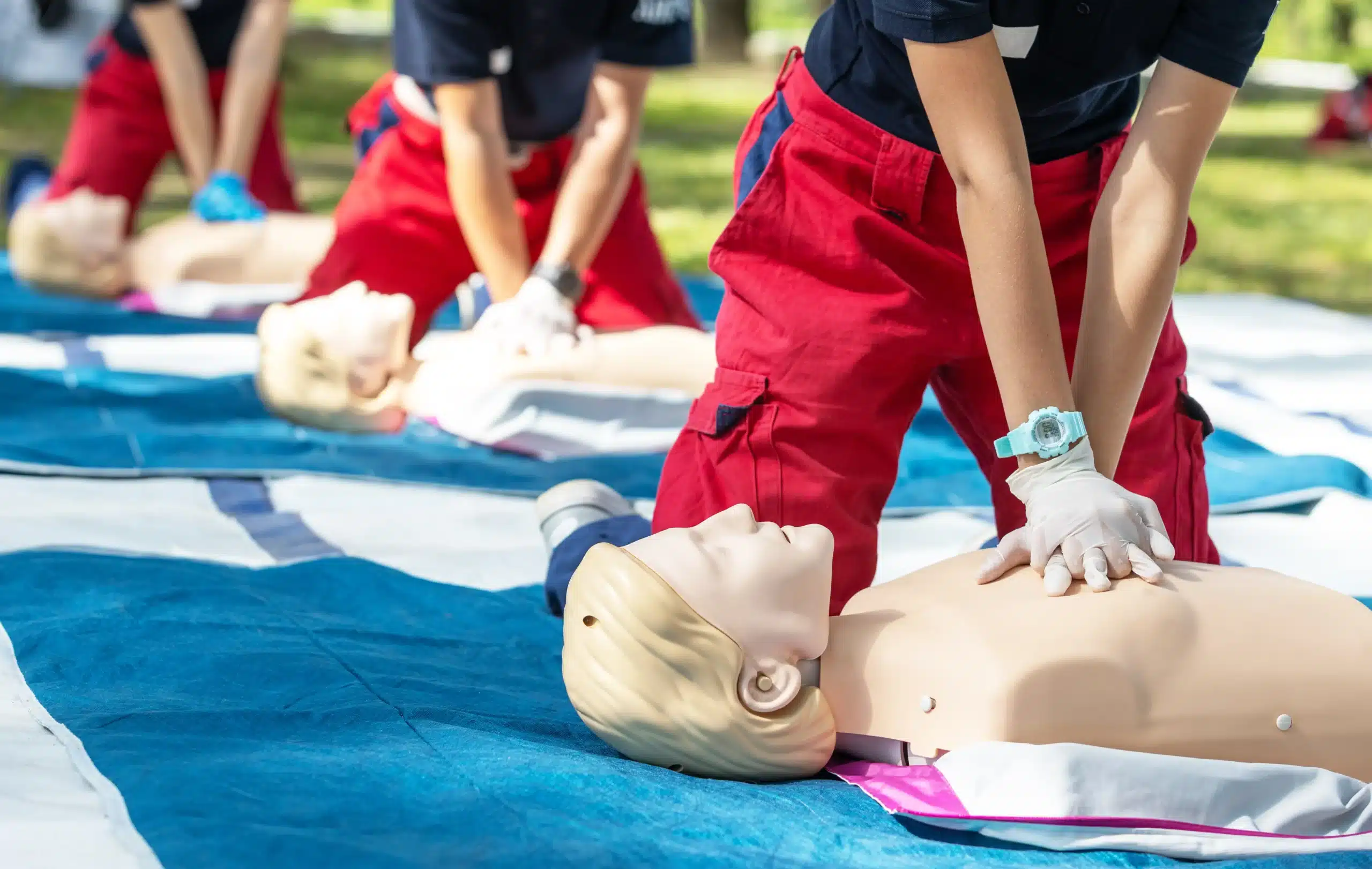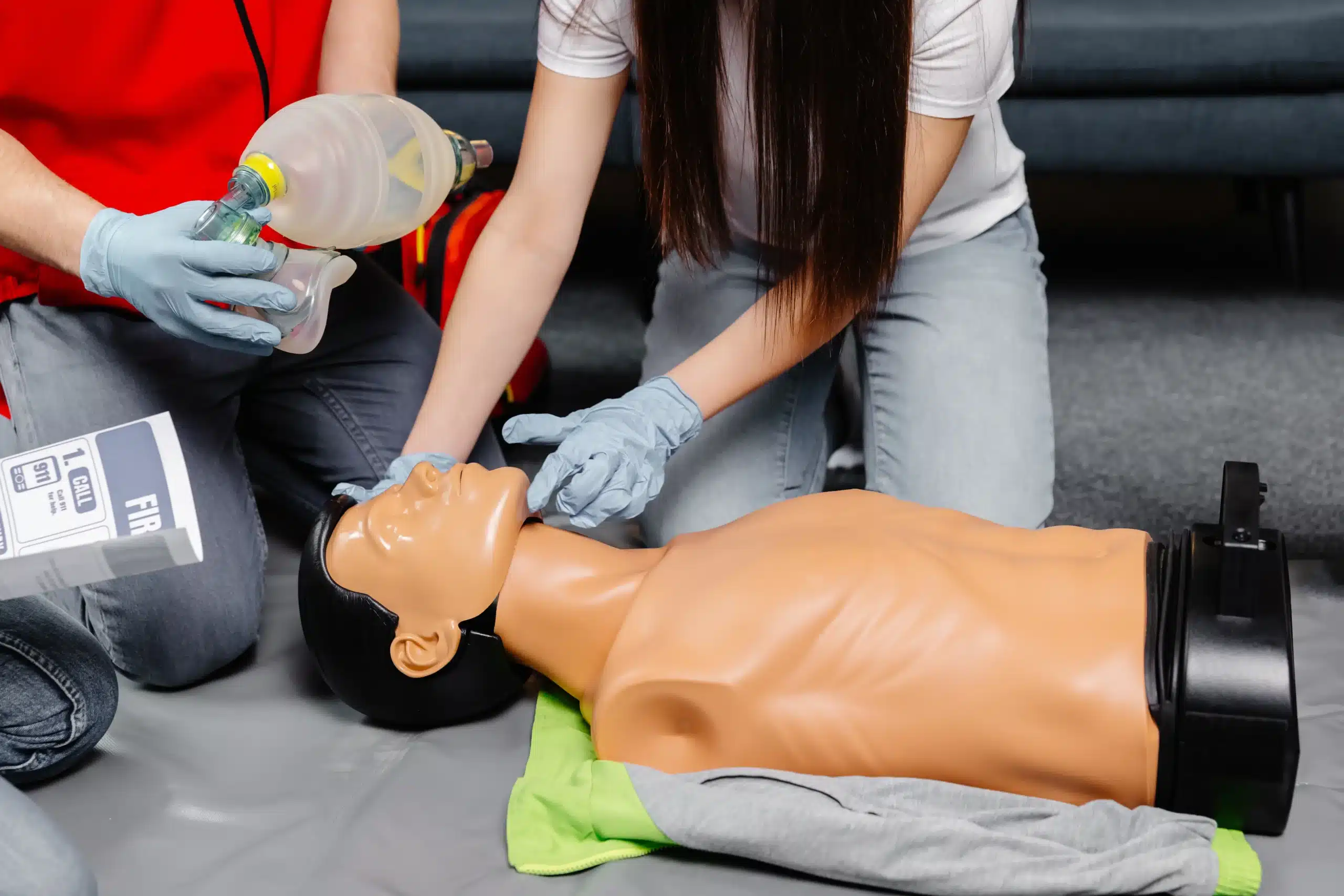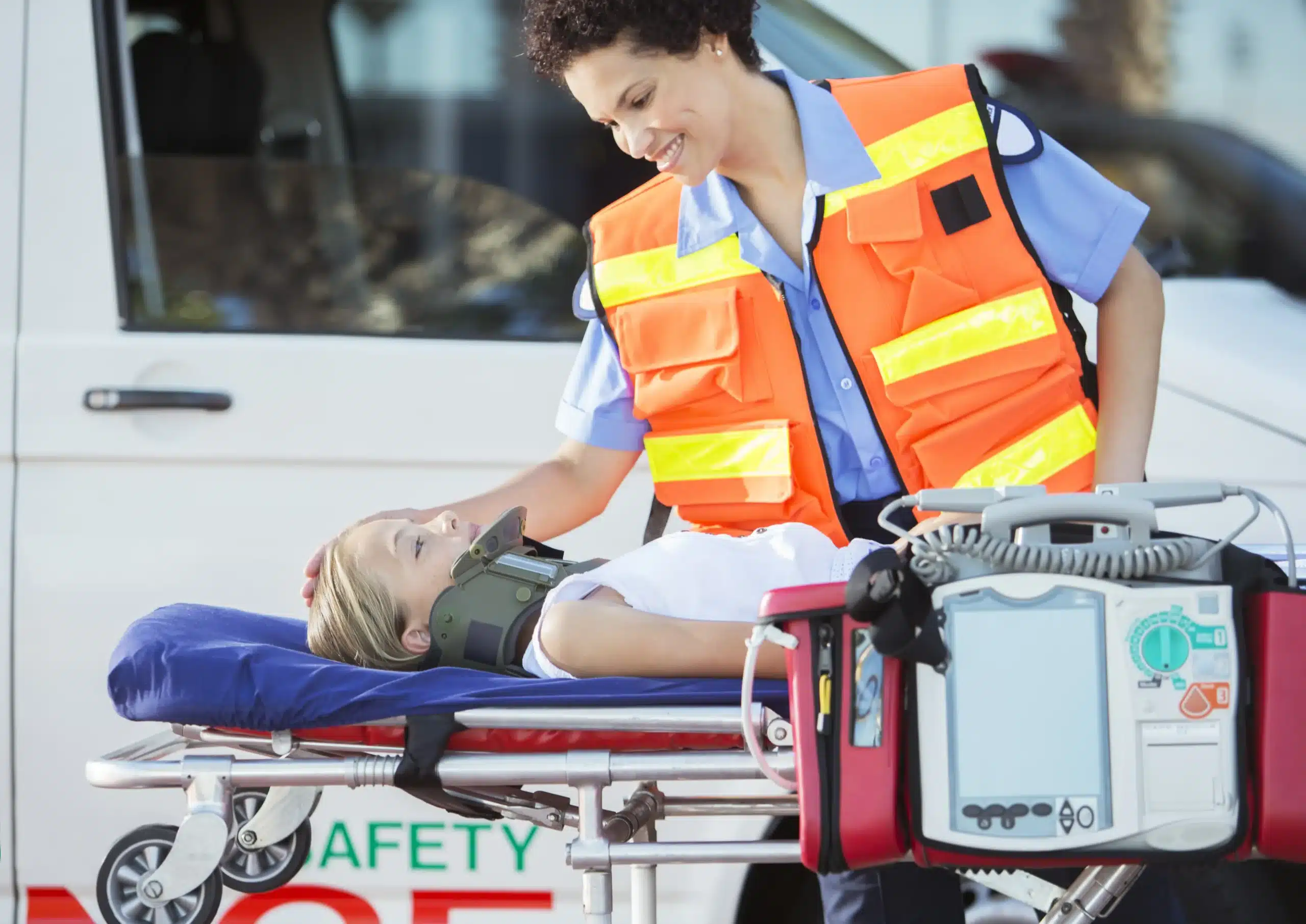Cardiopulmonary resuscitation (CPR) is a life-saving technique. It keeps blood and oxygen flowing to vital organs during cardiac arrest. But, misinformation can hinder this crucial process. This blog will expose common CPR myths, ensuring you’re prepared to act confidently when it matters most.
Why Debunking CPR Myths Matters
Misunderstanding CPR can mean the difference between life and death. Many people refrain from administering CPR due to misconceptions. By debunking these myths, we aim to empower you with accurate information. This knowledge can help save lives.
Myth 1: Only Professionals Should Perform CPR
People often believe CPR should be left to trained professionals. This myth can cause hesitation. However, bystanders can double or triple survival rates when they perform CPR immediately. Learning basic CPR skills is crucial. You can make a significant impact before emergency services arrive.
Myth 2: CPR Always Involves Mouth-to-Mouth Breathing
Another common myth is that CPR always requires mouth-to-mouth resuscitation. In reality, hands-only CPR is often sufficient. This method focuses on chest compressions and can be effective for adults who suddenly collapse. Only perform mouth-to-mouth if you’re comfortable and trained.
Myth 3: You Can Harm Someone with CPR
Fears of causing harm often prevent people from performing CPR. However, the risk of injury is minimal compared to the potential benefits. Rib fractures may occur, but the primary goal is to restore circulation. Remember, doing something is better than doing nothing.
Myth 4: CPR is Ineffective After a Few Minutes
Some believe that CPR is futile after a short period. This is false. CPR can sustain life until professional help arrives, even after several minutes. Continue CPR until trained responders take over or the person shows signs of life.
Myth 5: Only Adults Need CPR
CPR is crucial for all age groups, not just adults. Infants and children also benefit from timely CPR. Techniques vary slightly, emphasizing the importance of training for all ages. Understanding these differences can improve outcomes in pediatric emergencies.
Myth 6: CPR Guarantees Survival
CPR is not a guaranteed lifesaver, but it significantly increases chances of survival. The procedure helps maintain blood flow to vital organs. Without it, the likelihood of recovery diminishes rapidly. Remember, every second counts during cardiac arrest.
Myth 7: You Don’t Need to Call Emergency Services if You Perform CPR
While CPR is vital, it is not a substitute for professional medical care. Always call emergency services immediately. Paramedics have the skills and equipment to provide advanced care and increase survival rates.
Myth 8: CPR Training is Time-Consuming and Complicated
Many shy away from learning CPR, assuming it requires extensive training. In truth, basic CPR courses are often brief and accessible. Community centers and online platforms offer training sessions. A few hours of your time could save a life.
Myth 9: AEDs Are Too Complex for Laypersons
Automated External Defibrillators (AEDs) often seem intimidating. However, they are designed for use by the general public. AEDs provide clear instructions and can guide you through the process. They are an essential part of saving someone in cardiac distress.
Myth 10: CPR is Only Needed in Dramatic Situations
CPR isn’t just for dramatic incidents. Cardiac arrest can occur anywhere, anytime. Immediate action is crucial in these unpredictable situations. Being prepared with CPR knowledge is always beneficial.
Myth 11: You Need to Be Strong to Perform CPR
Strength isn’t a prerequisite for effective CPR. Proper technique is key. Use your body weight to apply compressions. Even children can learn to perform CPR effectively with the right guidance.
Myth 12: CPR Doesn’t Work on Older Adults
Age should not deter you from performing CPR. Older adults can benefit significantly from timely intervention. It’s important to apply the same principles regardless of the person’s age. Every attempt counts.
Myth 13: CPR is Not Necessary if the Victim is Breathing
Agonal breathing may occur during cardiac arrest, which can mislead bystanders. It is not normal breathing. If unresponsive and not breathing normally, begin CPR immediately. Follow up with emergency services for additional guidance.
Myth 14: Once You Start CPR, You Can’t Stop
Continuing CPR is crucial, but not indefinitely. You can stop if the victim revives, trained help arrives, or you’re physically unable to continue. However, every effort should be made to sustain CPR as long as possible.
Conclusion
Understanding these CPR myths is essential for effective response during emergencies. Knowledge empowers you to act quickly and confidently. Stay informed, seek training, and encourage others to do the same. Your actions could save a life, reinforcing the importance of being prepared.

